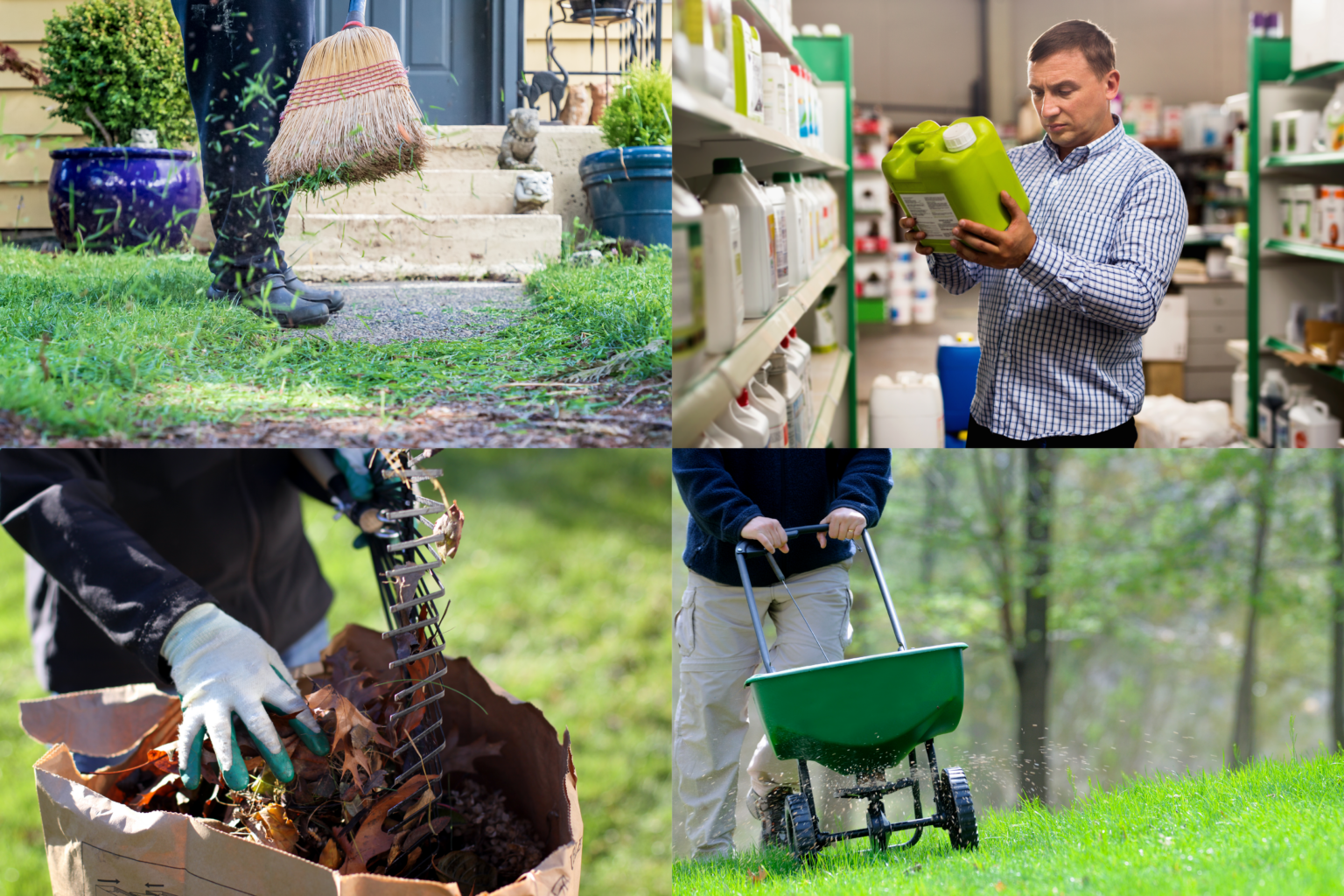
What you can do
Blue-green algae play an important role in our aquatic ecosystems. However, there are some important actions that we can take to help reduce the frequency and intensity of blue-green algae blooms. Since we can’t control the water temperature, the best thing we can do is to reduce the amount of nutrients entering our lakes and streams.
Learn more about what you can do at home to reduce the amount of nutrients entering our waterways.


